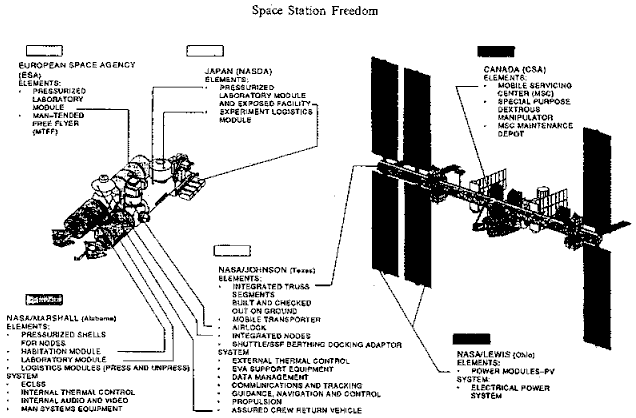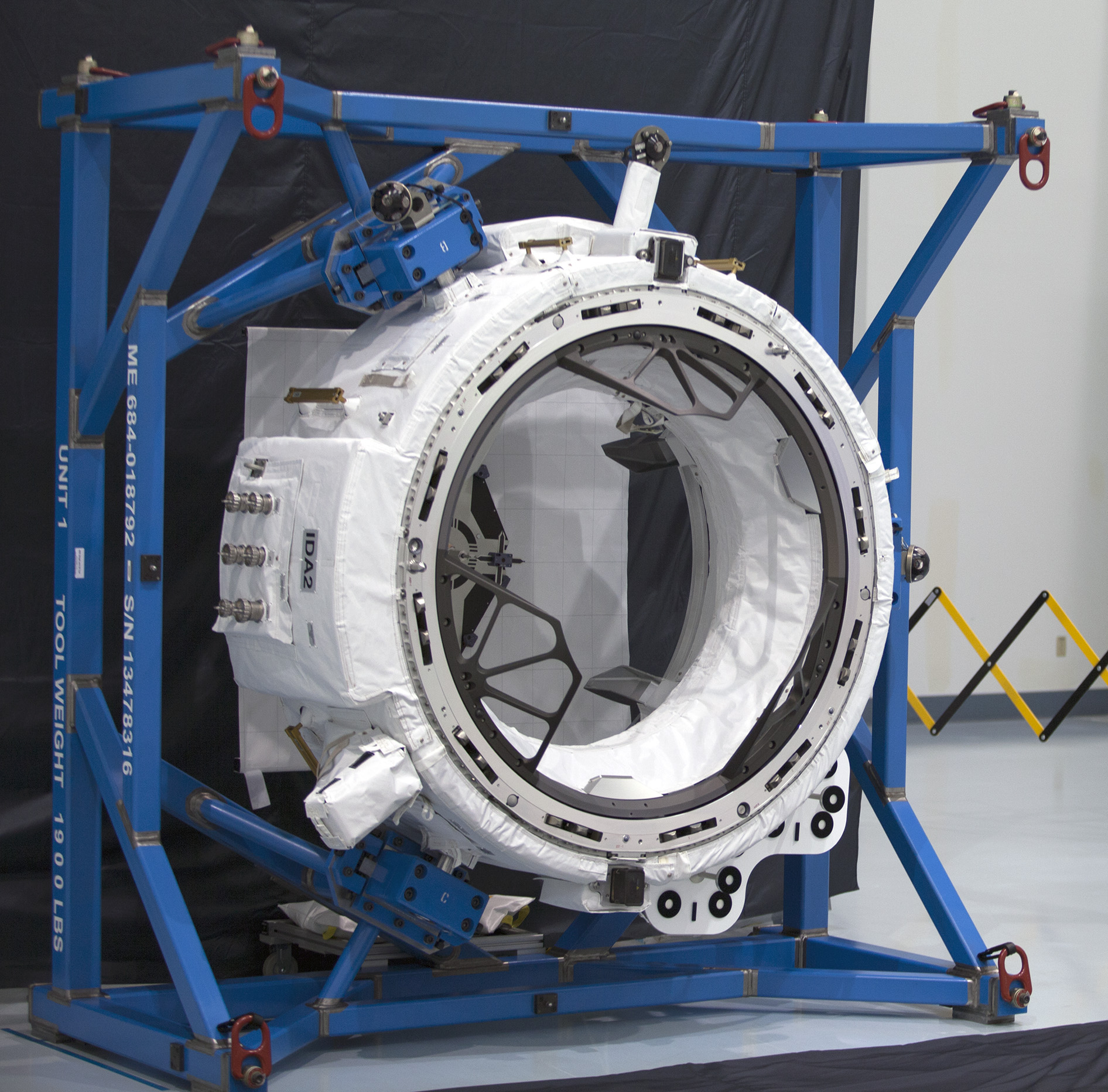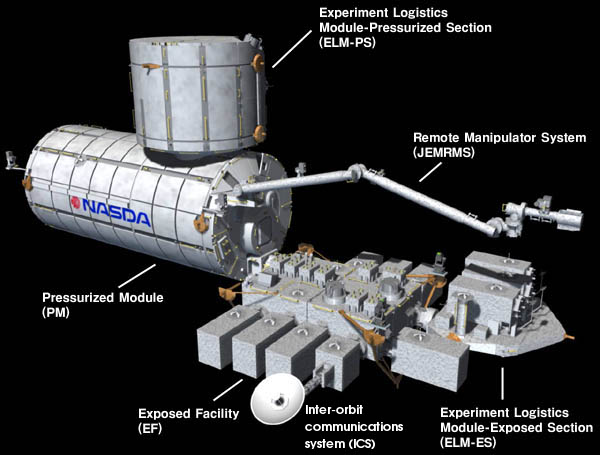|
Expedition 48
Expedition 48 was the 48th expedition to the International Space Station. Jeffrey Williams (astronaut), Jeffrey Williams, Aleksey Ovchinin and Oleg Skripochka transferred from Expedition 47. Expedition 48 began upon the departure of Soyuz TMA-19M in 18 June 2016 and concluded upon the departure of Soyuz TMA-20M on September 6, 2016. The crew of Soyuz MS-01 were transferred to Expedition 49. Crew EVA performed References External links NASA's Space Station Expeditions page {{Portal bar, Spaceflight Expeditions to the International Space Station 2016 in spaceflight ... [...More Info...] [...Related Items...] OR: [Wikipedia] [Google] [Baidu] |
List Of International Space Station Expeditions
This is a chronological list of expeditions to the International Space Station (ISS). An expedition to the ISS refers to the crew that is occupying the space station and using it for Space research, research and testing. Expeditions can last up to six months and include between two and seven crew members. Expeditions are numbered starting from one and sequentially increased with each expedition. Resupply mission crews and space tourists are excluded (see List of human spaceflights to the ISS for details). ISS commanders are listed in ''italics''. "Duration" is the period of time between the crew's launch from Earth and until their decoupling from the ISS. Future international collaboration on ISS activities has been thrown into doubt by the Russian invasion of Ukraine and related sanctions on Russia. Completed expeditions Current expedition Future expeditions Cancelled expedition See also * List of human spaceflights to the ISS * List of International Space S ... [...More Info...] [...Related Items...] OR: [Wikipedia] [Google] [Baidu] |
Soyuz TMA-19M
Soyuz TMA-19M was a 2015 Russian Soyuz spaceflight to the International Space Station. It was launched on December 15, 2015 from Baikonur Cosmodrome, transporting three members of the Expedition 46 crew to the International Space Station. TMA-19M was the 128th flight of a Soyuz spacecraft since the first in 1967. The crew consisted of a Russian commander accompanied by American and British astronauts. The flight returned to Earth on June 18, 2016. The Soyuz TMA-19M descent module is now in the collection of the UK's Science Museum Group. Crew Backup crew Mission highlights Soyuz TMA-19M was launched atop of a Soyuz-FG rocket at 11:03:09 UTC on 15 December 2015 from the Baikonur Cosmodrome, Kazakhstan. Following the launch, the Soyuz spacecraft successfully achieved orbital insertion 9 minutes later and began its 4-orbit journey to the Space Station. Unusually, while docking, the Kurs docking navigation system failed, and a manual docking had to be performed by Yuri Male ... [...More Info...] [...Related Items...] OR: [Wikipedia] [Google] [Baidu] |
Expedition 33 (ISS)
Expedition 33 was the 33rd long-duration expedition to the International Space Station (ISS). It began on 16 September 2012 with the departure from the ISS of the Soyuz TMA-04M spacecraft, which returned the Expedition 32 crew to Earth. Crew ;Source: NASA Notable experiments The crew successfully experimented with the Delay-tolerant networking protocol and managed to control a Lego Lego (, ; ; stylised as LEGO) is a line of plastic construction toys manufactured by the Lego Group, a privately held company based in Billund, Denmark. Lego consists of variously coloured interlocking plastic bricks made of acrylonitri ... robot on Earth from space. References External links NASA's Space Station Expeditions page {{Use B ... [...More Info...] [...Related Items...] OR: [Wikipedia] [Google] [Baidu] |
Expedition 45
Expedition 45 was the 45th expedition to the International Space Station. Scott Kelly and Mikhail Korniyenko transferred from Expedition 44 as part of their year-long stay aboard the ISS. Expedition 45 began with the departure of Soyuz TMA-16M at the ISS on September 11, 2015 and concluded with the departure of Soyuz TMA-17M on December 11, 2015. Kelly, Korniyenko, and Sergey Volkov then transferred to the crew of Expedition 46. Crew ;Source: Spacefacts See also *ISS year long mission The ISS year-long mission , also called the One-Year Mission, was an 11-month-long scientific research project aboard the International Space Station, which studied the health effects of long-term spaceflight. As part of the mission, the NASA T ... References External links NASA's Space Station Expeditions pageNASA, Space Station Partners Announce Future Crew Members Expeditions to the International Space Station 2015 in spaceflight {{space-stub ... [...More Info...] [...Related Items...] OR: [Wikipedia] [Google] [Baidu] |
Integrated Truss Structure
The Integrated Truss Structure (ITS) of the International Space Station (ISS) consists of a linear arranged sequence of connected trusses on which various unpressurized components are mounted such as logistics carriers, radiators, ISS Solar Arrays, solar arrays, and other equipment. It supplies the ISS with a Spacecraft bus, bus architecture. It is approximately 110 meters long and is made from aluminium and stainless steel. Truss components All truss components were named after their planned end-positions: Z for zenith, S for starboard and P for port, with the number indicating the sequential position. The S0 truss might be considered a misnomer, as it is mounted centrally on the zenith position of ''Destiny'' and is neither starboard nor port side. Manufacturing ISS truss segments were Manufacturing of the International Space Station, fabricated by Boeing in its facilities at Huntington Beach, California (formerly McDonnell Douglas), Michoud Assembly Facility in New Orlean ... [...More Info...] [...Related Items...] OR: [Wikipedia] [Google] [Baidu] |
Pressurized Mating Adapter
A Pressurized Mating Adapter (PMA) is a component used on the International Space Station (ISS) to convert the Common Berthing Mechanism (CBM) interface used to connect ISS modules to an APAS-95 spacecraft docking port. Three PMAs are attached to the US Orbital Segment of ISS. PMA-1 and PMA-2 were launched along with the ''Unity'' module in 1998 aboard STS-88; PMA-3 was launched in 2000 aboard STS-92. PMA-1 permanently connects the ''Unity'' and '' Zarya'' modules. International Docking Adapters were permanently installed on PMA-2 and PMA-3 in 2017 to convert them from the APAS-95 standard to the newer International Docking System Standard (IDSS). Design and history Its origins lie in designs for the Pressurized Docking Mast, consisting of an off-axis frustoconical docking tunnel contained within a framework and a retractable coupling mechanism, later part of the Pressurized Berthing Adapter assembly that appeared in designs for Space Station Freedom 1987, and the reduced d ... [...More Info...] [...Related Items...] OR: [Wikipedia] [Google] [Baidu] |
International Docking Adapter
The International Docking Adapter (IDA) is a spacecraft docking system adapter developed to convert APAS-95 to support docking with spacecraft that implement the International Docking System Standard. The IDA uses NASA Docking System (NDS) hardware. An IDA was permanently installed on each of the International Space Station's (ISS) two open Pressurized Mating Adapters (PMAs), both of which are connected to the ''Harmony'' module. History Prior to IDA several different docking adapters were designed to fill a similar role but were never implemented. APAS to LIDS Adaptor System The APAS to LIDS Adaptor System (ATLAS) was announced in 2008. It would have been placed on the open PMAs and converted APAS-95 to the Low Impact Docking System (LIDS). ATLAS was planned to be launched on Orion's first two missions to the International Space Station. Orion's missions to the ISS were later canceled altogether and its role as a crew transporter was replaced by the Commercial Crew Program ... [...More Info...] [...Related Items...] OR: [Wikipedia] [Google] [Baidu] |
Kate Rubins
Kate may refer to: People and fictional characters * Kate (given name), a list of people and fictional characters with the given name or nickname * Gyula Káté (born 1982), Hungarian amateur boxer * Lauren Kate (born 1981), American author of young adult fiction * ten Kate, a Dutch toponymic surname originally meaning "at the house" Arts and entertainment * ''Kate'' (TV series), a British drama series (1970-1972) * ''Kate'' (film), a 2021 American action thriller film * An alternative title of "Crabbit Old Woman", a poem attributed to Phyllis McCormack * ''Kate'', a young adult novel by Valerie Sherrard * "Kate" (Ben Folds Five song), 1997 * "Kate" (Johnny Cash song), 1972 * "Kate", a song by Arty * "Kate (Have I Come Too Early, Too Late)", a song by Irving Berlin, 1947 * ''The Kate'', American TV series Ships * CSS ''Kate'', a Confederate blockade runner during the American Civil War * , a Union Navy steamer during the American Civil War * SS ''Kate'' (tug), a wooden ... [...More Info...] [...Related Items...] OR: [Wikipedia] [Google] [Baidu] |
Coordinated Universal Time
Coordinated Universal Time (UTC) is the primary time standard globally used to regulate clocks and time. It establishes a reference for the current time, forming the basis for civil time and time zones. UTC facilitates international communication, navigation, scientific research, and commerce. UTC has been widely embraced by most countries and is the effective successor to Greenwich Mean Time (GMT) in everyday usage and common applications. In specialised domains such as scientific research, navigation, and timekeeping, other standards such as Universal Time, UT1 and International Atomic Time (TAI) are also used alongside UTC. UTC is based on TAI (International Atomic Time, abbreviated from its French name, ''temps atomique international''), which is a weighted average of hundreds of atomic clocks worldwide. UTC is within about one second of mean solar time at 0° longitude, the currently used prime meridian, and is not adjusted for daylight saving time. The coordination of t ... [...More Info...] [...Related Items...] OR: [Wikipedia] [Google] [Baidu] |
JAXA
The is the Japanese national air and space agency. Through the merger of three previously independent organizations, JAXA was formed on 1 October 2003. JAXA is responsible for research, technology development and launch of satellites into orbit, and is involved in many more advanced missions such as asteroid exploration and possible human exploration of the Moon. Its motto is ''One JAXA'' and its corporate slogan is ''Explore to Realize'' (formerly ''Reaching for the skies, exploring space''). History On 1 October 2003, three organizations were merged to form the new JAXA: Japan's Institute of Space and Astronautical Science (ISAS), the National Aerospace Laboratory of Japan (NAL), and National Space Development Agency of Japan (NASDA). JAXA was formed as an Independent Administrative Institution administered by the Ministry of Education, Culture, Sports, Science and Technology (MEXT) and the Ministry of Internal Affairs and Communications (MIC). Before the mer ... [...More Info...] [...Related Items...] OR: [Wikipedia] [Google] [Baidu] |
Roscosmos
The State Corporation for Space Activities "Roscosmos", commonly known simply as Roscosmos (), is a State corporation (Russia), state corporation of the Russian Federation responsible for space science, space flights, List of space agencies, cosmonautics programs, and aerospace research. Originating from the Soviet space program founded in the 1950s, Roscosmos emerged following the dissolution of the Soviet Union in 1991. It initially began as the Russian Space Agency,, ''Rossiyskoye kosmicheskoye agentstvo'', or RKA (). which was established on 25 February 1992 and restructured in 1999 and 2004 as the Russian Aviation and Space Agency, ''Rossiyskoye aviatsionno-kosmicheskoye agentstvo'', commonly known as (), established on 25 May 1999. and the Federal Space Agency (Roscosmos), (Роскосмос), ''Federalnoye kosmicheskoye agentstvo (Roskosmos)''. respectively. In 2015, the Federal Space Agency (Roscosmos) was merged with the United Rocket and Space Corporation, ... [...More Info...] [...Related Items...] OR: [Wikipedia] [Google] [Baidu] |
NASA
The National Aeronautics and Space Administration (NASA ) is an independent agencies of the United States government, independent agency of the federal government of the United States, US federal government responsible for the United States's civil list of government space agencies, space program, aeronautics research and outer space, space research. National Aeronautics and Space Act, Established in 1958, it succeeded the National Advisory Committee for Aeronautics (NACA) to give the American space development effort a distinct civilian orientation, emphasizing peaceful applications in space science. It has since led most of America's space exploration programs, including Project Mercury, Project Gemini, the 1968–1972 Apollo program missions, the Skylab space station, and the Space Shuttle. Currently, NASA supports the International Space Station (ISS) along with the Commercial Crew Program and oversees the development of the Orion (spacecraft), Orion spacecraft and the Sp ... [...More Info...] [...Related Items...] OR: [Wikipedia] [Google] [Baidu] |







